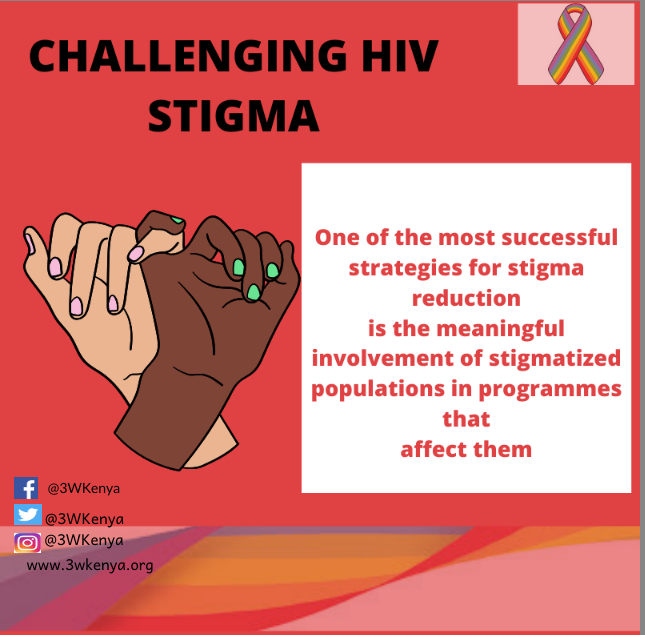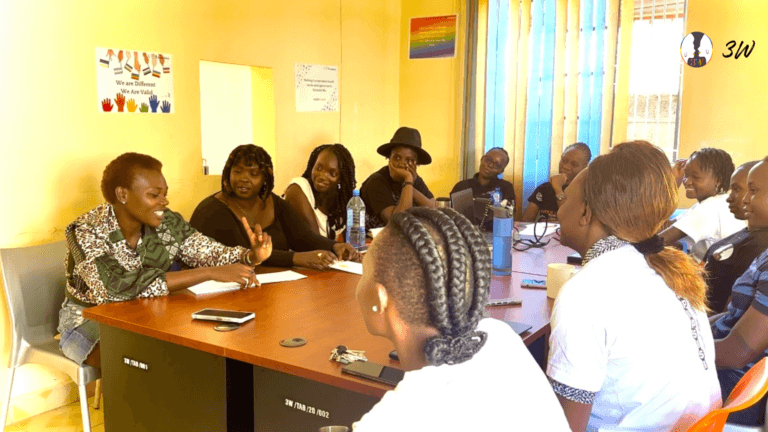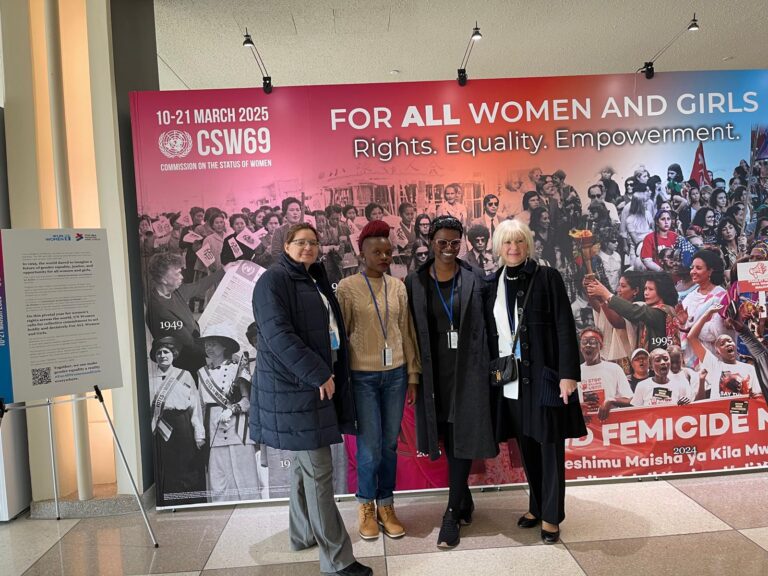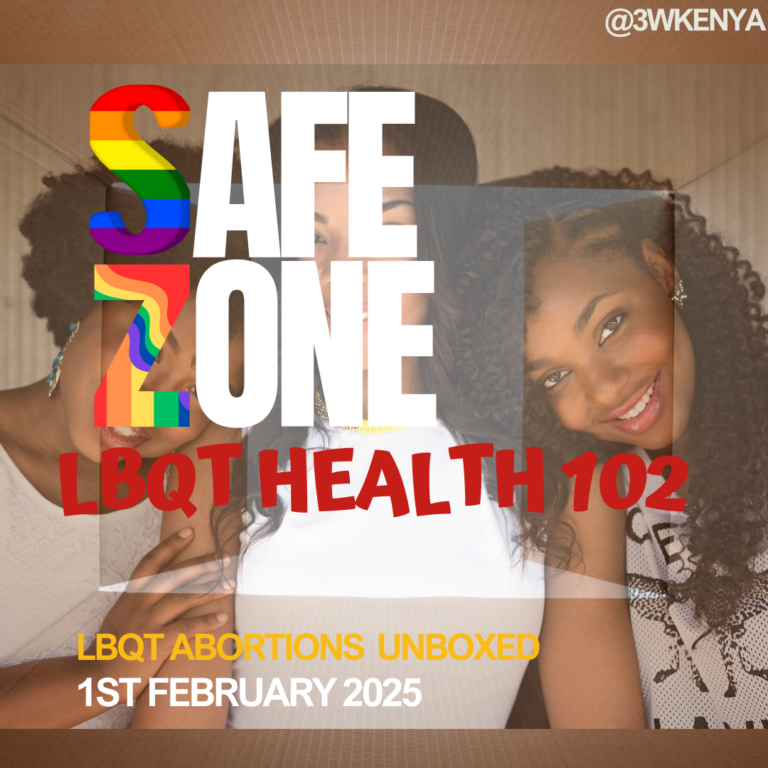Addressing Internalized Stigma in Lesbian, Bisexual and Queer (LBQ)Women Living with HIV
Stigma refers to negative public attitudes or discrimination towards a group of people. Self-stigma occurs when a person who belongs to a stigmatized group, i.e. LBQ person living with HIV, internalizes negative public attitudes and accepts them as valid. Self-stigma is characterized by profound feelings of shame, worthlessness and, at times, thoughts of suicide. Various forms of marginalization can contribute to self-stigma, including discrimination, poverty, punitive laws and policies, and violence.
For Lesbian, Bisexual, Queer and Transgender persons, HIV stigma simply adds to the existing negative attitudes that people might have towards them. On top of this, many Kenya has laws that criminalize the behaviors LGBTIQ people, and this makes it difficult for them to exercise their human rights, including accessing health services. Because of this, they face overt stigma and discrimination. Thanks to COC Nederland’s we had an in-depth session with LBQ women living with HIV on self-stigma.
HIV stigma has three major causes:
- Lack of awareness about stigma -what it looks like, what it does—and lack of awareness that we are stigmatizing others;
- Fear and ignorance– People do not know how HIV is or is not transmitted, so, fearing they might get infected through contact with persons living with HIV, they isolate them; and
- Moral judgments- People know that HIV is transmitted mainly through sex or injecting drugs, so they assume that people living with HIV got HIV through these activities. Therefore, they condemn people living with HIV for immoral behavior.
Effects of Self-stigma
- Perception of self and feelings of shame- Some LBQ women living with HIV felt they had disappointed others and had brought shame on their families and community.
- Fear of disclosure – Most participants reported that disclosing their status was very difficult because of the fear of judgment and rejection.
- Isolation, despair and social withdrawal- because of the external stigma LBQ women PLWH face this thus leads to social withdrawal, isolation and despair because they believe whatever negative attitude they might have experienced.
- Continuing risky behavior- Some individuals also may fail to change their risk behavior for fear that such change would arouse suspicion and stigma. For example, internal stigma may lead HIV-positive nursing mothers who are aware of their status to breastfeed, despite the dangers of transmission to the child, because of fear of the revelation of HIV status arising from bottle feeding.
External stigma can hinder access by people living with HIV to treatment, care, and support and diminish their participation in prevention. Likewise, internal stigma may deter people from disclosing their HIV status or cause them to avoid health facilities if they feel shame and guilt or fear rejection and ridicule. Their silence undermines treatment, care, and support efforts, as it affects their help-seeking behavior and they may not access services that could provide medical and social support. By addressing internal stigma, people living with HIV will be more confident role models
It is thus crucial that addressing internalized stigma because:
- Fear and stigma a may discourage people from accessing counseling and testing services.
- People living with HIV who have faced stigma, and as a result been dis-empowered, may not be good role models for positive living. Thus, opportunities to challenge the “mothering” associated with being HIV-positive may be lost.
- People living with HIV who feel judged, have experienced self-stigma, and have low self-esteem may feel less inclined or less able to practice safer sex.
- Many women living with HIV fear rejection, violence, and even death if they disclose to their partners. Their partners then may lose opportunities to test and prevent other infections and women may not access needed treatment and care services.
- Women who are HIV-positive may fail to access services for the prevention of mother-to-child transmission (PMTCT) because they fear blame, judgment, and discrimination. These same women may resist messages about breastfeeding alternatives because of the stigma associated with formula feeding
How to address internalized stigma:
- Promoting positive role models. Disclosure of HIV status by prominent members of society can play an important role in promoting visibility of HIV-positive people and breaking down some of the silence and fear surrounding HIV.
- Strengthening self-support groups for people living with HIV. One of the consequences of internal stigma is a withdrawal from social and health services, so these support groups can provide a safe space for support, exploration, and growth and, in turn, people living with HIV can achieve the confidence to assert their rights in various settings
- Building self-esteem. Counseling and support groups help with personal growth, self-esteem, and self-worth. Support groups facilitate a sharing of experiences, convey information, and give practical advice on a range of HIV wellness and treatment options.
- Counseling. Many people living with HIV need to be to assisted to process internal stigma through individual counseling and in support groups so that they can be good role models for others and be able to stand up to stigma when they experience it.
Internal stigma is a complex and subtle phenomenon, affecting many people living with HIV around the world. It is influenced by external stigma and a combination of social, community, and self-factors.




